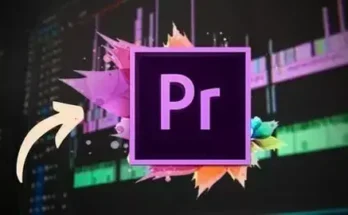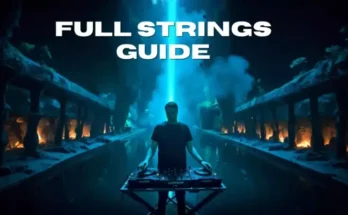Grade 5 Online Music Theory Part 1 TUTORiAL
P2P | 28 September 2022 | 1.06 GB
This course is created to help you prepare for the new ABRSM Grade 5 Online Music Theory Exam.
Hello, I’m RL, and I have many years of experience preparing students for the ABRSM piano practical, piano performance grades, and music theory exam.
This course is a result of my many years of experience teaching students music theory, and preparing them for the ABRSM music theory exams.
With the ABRSM Music Theory exams for grades 1 to 5 going online, there is a big change in how questions are tested, and I have designed this course to help you prepare yourself for the exams from my years of experience. In this course, I’ll go through each type of question that is tested in the exam, how to approach them, and some tips and tricks to help you get the correct answers more quickly and easily. I also go through questions that I’ve carefully created by modelling them after the mock papers. So, you’ll get even more practices apart from those you already see in the sample papers and mock papers.
In Part 1 of this prepare for ABRSM Grade 5 Online Music Theory Exam, we will go through the first 3 sections that are tested for the ABRSM Grade 5 Online Music Theory Exam. These three sections are rhythm, pitch, keys and scales.
The course is structured in this way. I’ll start off by explaining the concept, and then introducing the questions that are tested, how they are asked, and how to answer them.
If you are looking for a course that will help you prepare for the ABRSM Grade 5 online music theory exam, then this course is the one for you. Get familiar with each question tested, and know the ins and outs on how to approach the questions to score!
Many of my students have tried these methods and have helped them do well for their ABRSM Music Theory exams, so do check them out!
What you’ll learn
•prepare for ABRSM Online Music Theory Exam rhythm, pitch and keys and scales sections
•rhythm (compound time signature, simple time signature, concert pitch and written melody)
•pitch (tenor clef, alto clef, treble clef and bass clef)
•keys and scales (Major and minor keys up to 6 sharps and flats, technical names of notes)
Please REPORT in Comment Broken Links




